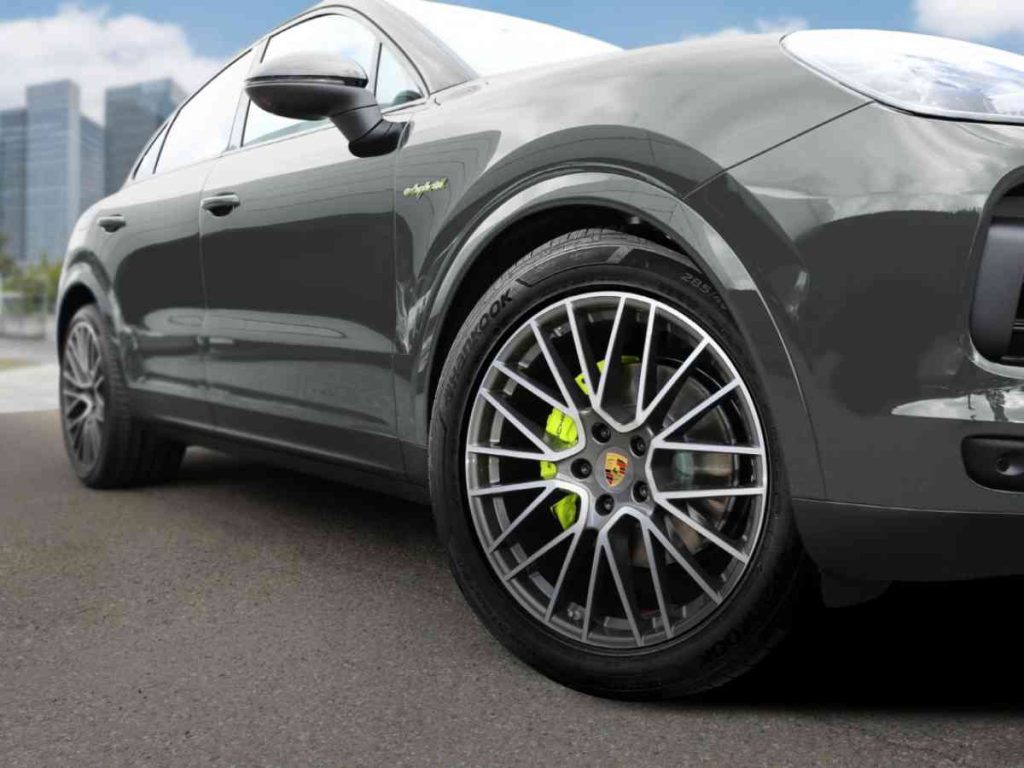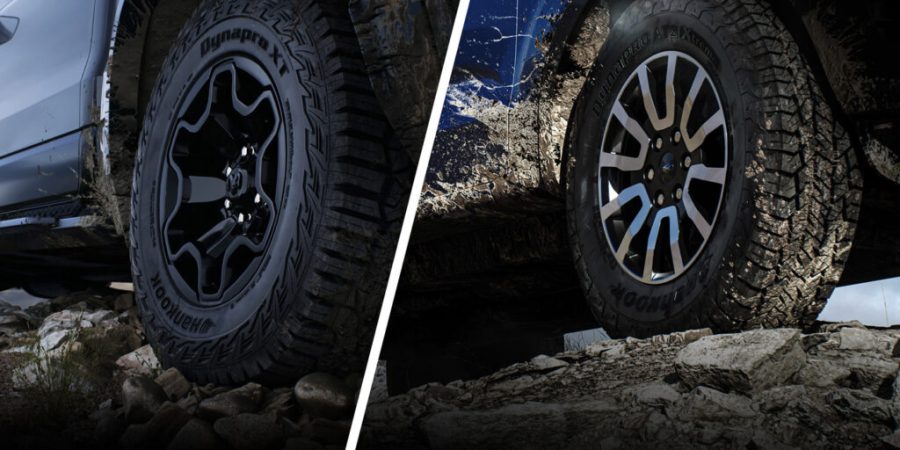When it’s time to replace your worn-out tires, making an informed decision is crucial. There are several important factors to consider to ensure that you choose the right option for your vehicle and driving needs.
Performance and Handling
One of the primary considerations when selecting new tires is their performance and handling characteristics. Evaluate the tire’s grip, traction, and responsiveness, as these factors greatly influence your vehicle’s overall handling and safety.

Look for options with advanced tread designs and compounds that offer excellent traction in various weather conditions. Additionally, consider the tire’s sidewall stiffness, which affects cornering stability and responsiveness.
Fuel Efficiency
In today’s environmentally conscious world, fuel efficiency has become a significant concern for many drivers. Choose tires that are designed with low rolling resistance, as they can help improve fuel efficiency and reduce your vehicle’s carbon footprint. Look for tires that bear the label of fuel efficiency ratings, such as those that meet the criteria set by organizations like the Environmental Protection Agency (EPA) or the European Union (EU).
Noise Reduction
Reducing road noise and enhancing driving comfort are other important aspects to consider when buying new tires. Look for those with noise-reducing technologies, such as optimized tread patterns and specialized rubber compounds. These features help minimize vibrations and noise generated from the interaction between the tires and the road, resulting in a quieter and more pleasant driving experience.
All-Season Versatility
If you live in an area with changing weather conditions, opting for all-season tires can be a practical choice. These tires are designed to provide reliable performance in a wide range of weather conditions, including dry, wet, and light winter conditions. Look for tires that have the M+S (Mud and Snow) or 3PMSF (Three-Peak Mountain Snowflake) symbols, indicating their suitability for winter driving.
Longevity and Durability
Tire longevity and durability directly impact your budget and overall satisfaction. Evaluate the tire’s tread life rating, which indicates the expected lifespan of the tire. Look for tires with higher treadwear ratings, as they tend to last longer.
Additionally, consider the tire’s construction and quality. Opting for reputable tire brands known for their durability can save you money in the long run by reducing the frequency of tire replacements.
Size and Fit
Proper tire size and fit are critical for optimal performance and safety. Consult your vehicle’s owner’s manual or consult a professional to determine the correct tire size for your vehicle. Ensure that the new tires have the appropriate load rating and speed rating to meet or exceed your vehicle’s requirements. A correct fit ensures proper handling, steering response, and overall stability.
